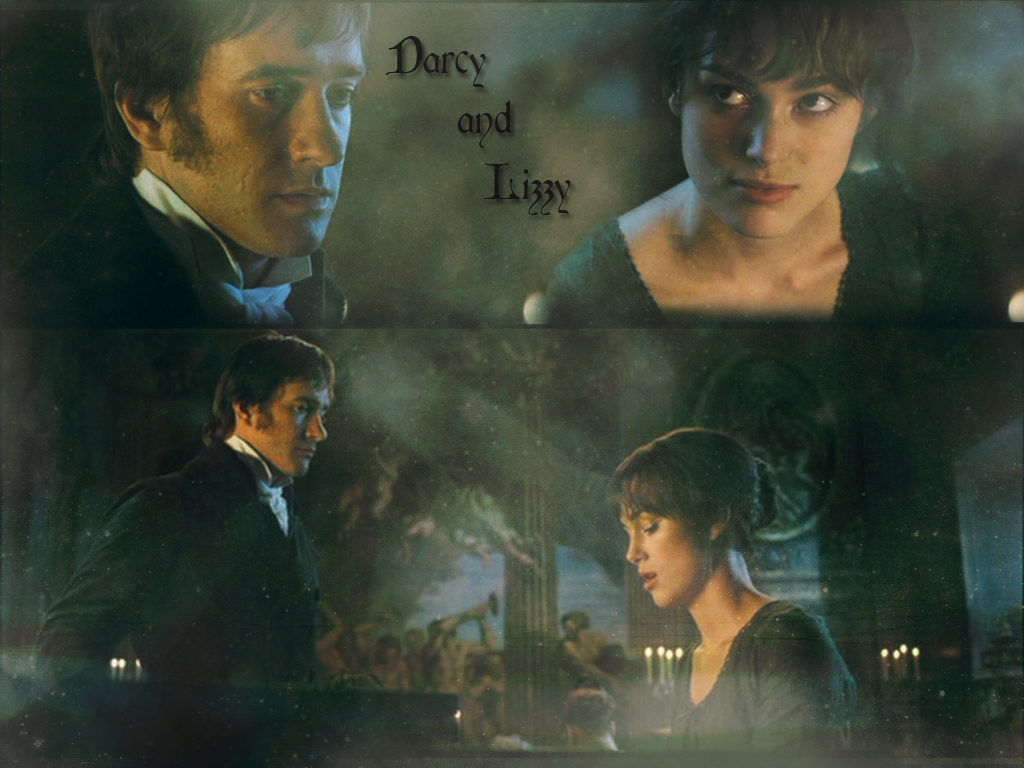In honor of the holidays, I have taken it upon myself to provide unconventional fun for all who love Christmas movies, but have seen ‘Elf’ way too many times and do not want to start watching any of the new crap that made-for-TV specials attempts to shove down our throats like bad fruit cake.
Listed below are five (okay six) movies that I recommend for anyone who wants a laugh, a cry, and a good explosion.
1. Love Actually
Okay, so maybe this one is not totally unconventional. Â Especially if you are an American female between the ages of 16-25. Â But if you are not, or you are and you’ve been living under a rock and haven’t seen this feel-good film then you should. Â For one, it has every British actor that ever acted, acting in it. This includes Colin Firth. Why you should need another reason to see any film is beyond me.
2. We’re No Angels
This is an oldie but a goodie, featuring Humphrey Bogart and two other guys who hang out with Humphrey Bogart. Â But they’re cool. Â What is really cool about this movie is that 1) It is old = major cool points 2) Humphrey Bogart plays a crook who helps a family during the holidays 3) It is short, takes place in one location and the plot doesn’t drag at all. 4) A snake plays one of the major roles. How many Christmas movies do *you* know that have snakes as main characters?
3. Die Hard

Hopefully, this one makes up for my first suggestion to all the chick-flick haters in the world. If you cannot get through a film without at least one building blowing up, then Die Hard is for you. Â It has Bruce Willis and a brilliant Alan Rickman in his role as a Russian warlord (who buys Armani from the same store as Arafat). Â Better than the explosions is the explosive dialogue. Â Once you have seen this film, you will be a proper American and finally know what to say after the sentence, “Yippie ky-ay -”
4. The Muppet Christmas Carol
As an English major and muppet lover (in a the most non-sexual way possible) I love this movie. Â Not only does it present a classic tale from British literature to the masses, it also does it using adorable furry creatures, Michael Caine, and addicting songs that my sister starts singing every November because she can.
5. Holiday Inn

Aha, so you claim to be a great American because you have seen ‘It’s a Wonderful Life’. Â Good. Â You can name that movie as the single black-and-white film that you have ever seen (but only because your Grandma made you watch it when you were four). Â If you ever see another black and white Christmas movie, this one features Mr. Crooner and Mr. Dancer of the black and white era (aka Bing Crosby and Fred Astaire, respectively). Â It also features great songs
5 1/2. Just Friends

If you for some reason do not like Ryan Reynolds, seeing him in a fat suit may just make your day or at least endear him to you in some way. Â I consider this movie to be the ‘Meet the Parents’ of Christmas. Â It is full of wonderful visual gags, characters who you want to get punched in the face, and movie-moms that you want to hug forever (in this case, played by Julie Hagerty who is adorable as ever). Â After seeing this, you will no longer be able to say the name ‘Dinkleman’ without a gravelly voice and utter hatred.









